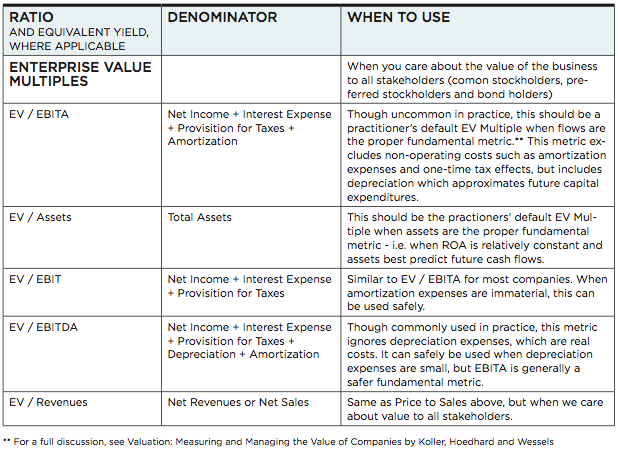What’s the Difference Between Preferred and Common Stock
Post on: 2 Июль, 2015 No Comment

Published May 01, 2012
NewsCore
All stock is not created equal. Companies offer two main types of stock: common and preferred stock, each with its share of advantages and disadvantages for investors.
Common stock versus preferred stock 
Common stock and preferred stock both represent some degree of ownership of a company. Holding shares of common stock gives you the opportunity to vote in the election of the board of directors. This is usually equivalent to one vote per share that you own. Owning preferred stock usually guarantees the payment of dividends but does not come with voting rights.
Ownership in either type of stock entitles you to a piece of the company’s profit. One way profit is distributed to the shareholders is through dividends, which are often paid in cash from the company’s earnings. Dividends are usually paid on a quarterly basis.
Common stockholders never know the value of their dividends in advance, while preferred stockholders receive dividends at a fixed rate. While the dividends on preferred stocks tend to be higher than those on common stock, they will not appreciate with company growth, Market Watch points out.
Investors can think of preferred [stocks] as somewhere between a stock and a corporate bond, as they trade on an exchange the way stocks do, but the dividends are generally quite high, like those from long-maturity bonds, says Mitch Schlesinger, managing director of the Bethesda, Md.-based FBB Capital Partners.
Like bonds, preferred stocks are rated by credit rating agencies, Schlesinger says. Ratings range from higher-quality investment-grade offerings to lower-rated, high-yield or ‘junk’ issues.
Common stock tends to respond to general market volatility. Its level of risk also varies greatly by company. Purchasing common shares of a well-established company is less risky than trying your hand with penny stocks. However, when viewed over long investment holding periods, common stocks have historically offered higher returns than preferred stocks or bonds, Schlesinger says.
Schlesinger says preferred stocks are more volatile than their bond cousins, and sometimes as volatile as common stocks because trading liquidity in the preferred sector can dry up in times of extreme market stress.
During times of financial trouble, a company will not default if it suspends preferred dividends, as is the case with missed bond payments. If the shares are not cumulative, the company does not have the obligation to pay missed dividends. Preferred stock may be callable, which means the company has the right to purchase the shares from the shareholder at a certain price at any time. However, as mentioned above, dividends on preferred stock tend to be higher than dividends on common stock.
In the case of bankruptcy, preferred stock owners rank above common stock owners but below ordinary bondholders. This means that if the company goes bankrupt, common stockholders only get paid if there is something leftover after the creditors, bondholders and preferred stockholders get their shares. The bottom line is that common shareholders rarely get anything in bankruptcy cases, while preferred stockholders have a better chance of getting at least some money back.
+ Follow Fox Business on Facebook














